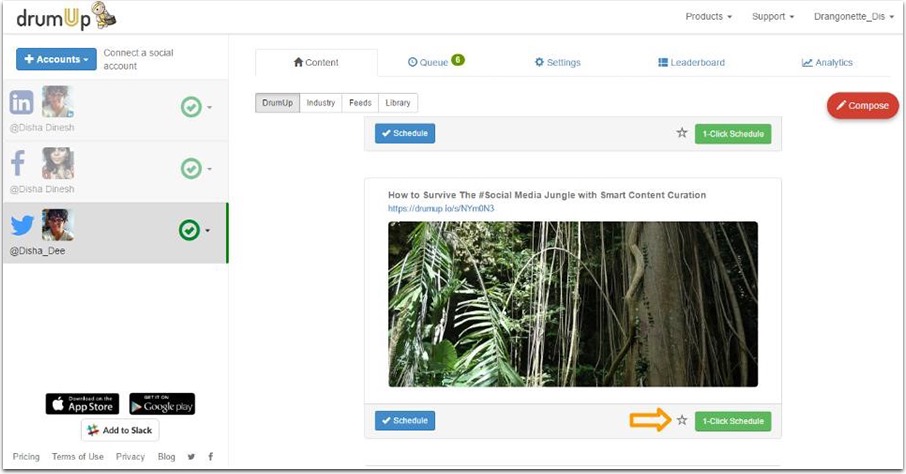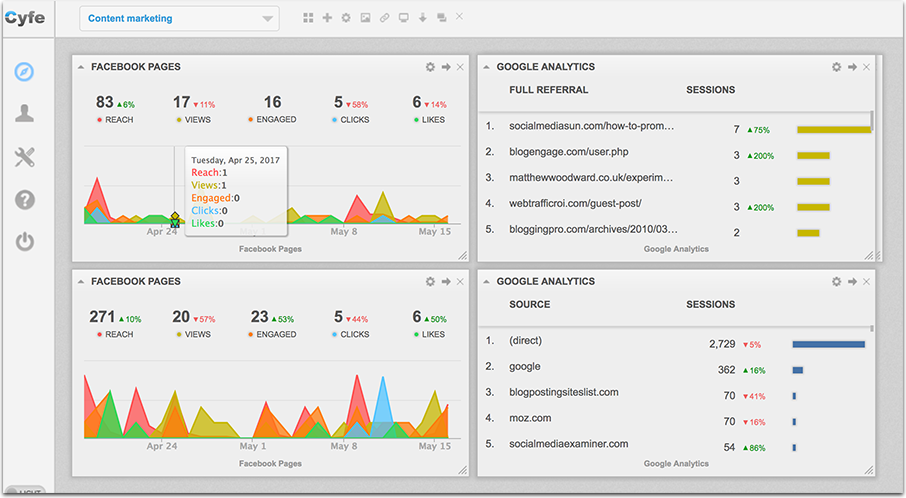The landscape of the modern workplace has changed a lot in the past ten years. Once upon a time you had to find shady crafting companies or secret shopping positions if you wanted to work flexibly and from home.
Now we’ve seen a powerful trend emerging. In 2015 the number of US workers who had moved to remote (or telecommuting) jobs had climbed to an unprecedented 37%. That is a number that continues to grow as more startups and even large scale companies open their workforce up to those who act as office vagabonds, putting in hours from home, coffee shops, and even while traveling.
Content marketing is being impacted by this trend most. You no longer need to find and move talent to your office: You can work effectively with content writers from all over the world.
1. Use a good task management platform
There are so many task managing apps out there that it would be hard to find a single one that works best. You will want platforms that deal with business management (so your team can stay on board at all times), and communication (so you can always keep in touch, no matter where you all are.
Flow, Trello, and Asana are three solid examples you may want to look into.
From personal experience, managing a productivity tool still takes plenty of time. So unless you have a reliable project manager in-house, it makes sense to rely on a project management company.
It may actually save you money and minimize your headache with dealing with multiple to-do lists and processes. Distributed is a good example of a company that actually specializes in managing distributed teams all over the world. Hiring a virtual assistant is another option.
2. Use a reliable editorial calendar tool
I am a big proponent of using a year-long editorial calendar that lets you and your content marketing team get properly prepared for big holidays, seasonal trends and even fun days that can be turned into solid promotional material.
By preparing your content in advance, you’ll be always ahead of the game. It’s exceedingly important if you deal with an international teams when not everyone is aware of your local trends and holidays.
My all-time favorite editorial calendar management platform has been Coschedule that’s also perfectly set-up for distributed teams: You add your team members and watch everyone do their own thing:

If you are looking for a higher-level solution, take a look at NewsCred. It gives you a nice color-coded dashboard of your content marketing plans:

3. Invest into solid writing tools
Your writing team is as effective as the tools you provide them with. You want them to brainstorm, research and write productively. Different workflows may require different writing tools. I always encourage writers to use the following tools:
1. Google Docs to create content. It’s easy for editing and it’s real time, so teams can work on content assets while discussing it on Skype or in a Slack group.
2. HARO and MyBlogU to collect useful quotes from niche experts and influencers.
3. Plagiarism Check to quickly check for any instances of copied content. This is especially important if you have new writers. Believe it or not, but many writers would just copy some parts of content (these could be too long quotes) without realizing it’s not an advisable digital content marketing tactic.

4. Use an effective social media sharing solution
It’s very important to engage your content writing team into the marketing routine. It’s obvious that they will be much more excited at seeing their articles succeed (after doing their brainstorming, research and writing tasks) than the social media team who may see the completed content assets for the first time.
Thus it’s essential to have a unified multi-user cross-channel social media sharing and scheduling solution that would enable cross team marketing incentives.
I use DrumUp to scale my social media marketing tasks. It has all the features I need:
- Easy one-click scheduling (for my articles to go to my social media channels repeatedly for more exposure)
- Multi-user support (for team members to see what they need to be shared)
- Leaderboard feature to encourage friendly competition among the team members
- Content library feature to store my promotions, ever-green content and seasons greetings in categories for convenient reuse

5. Use a marketing dashboard to monitor stats
Cyfe is a great customizable all in one business management software that allows you to create your own widgets to handle any aspect of your business, all for $19 per month. For higher-level content marketing stats monitoring I use the following boards:
- Growth of traffic referrals (Google Analytics)
- Recent traffic referrals (Google Analytics)
- Social media traffic analytics (Google Analytics)
- Twitter, Facebook, Youtube and Pinterest account growth

6. Use productive communication tools that spur creativity
Properly set-up communication between your remote employees helps creativity, experience exchange and marketing collaboration. It also helps your brand consistency because your team can properly discuss every content asset before they start working on it.
Slack is an awesome communication tool that lets you create channels and speak to different groups, or on different topics. Think of it as a more professional version of Discord.
There’s one reason I prefer Slack over emailing: It gives a centralized platform for your team communication but unlike a project management solution, Slack fosters a more relaxed environment which is so important for creative teams. Slack helps creativity and gives writers a place to brainstorm freely without being accused of cluttering the board.
Create your super team!
Don’t let your workforce get limited by borders. These days we have tools in place that empower you to build the content marketing team of your dream without investing time and money into moving everyone into a single office. How are you managing your remote content marketing employees?

